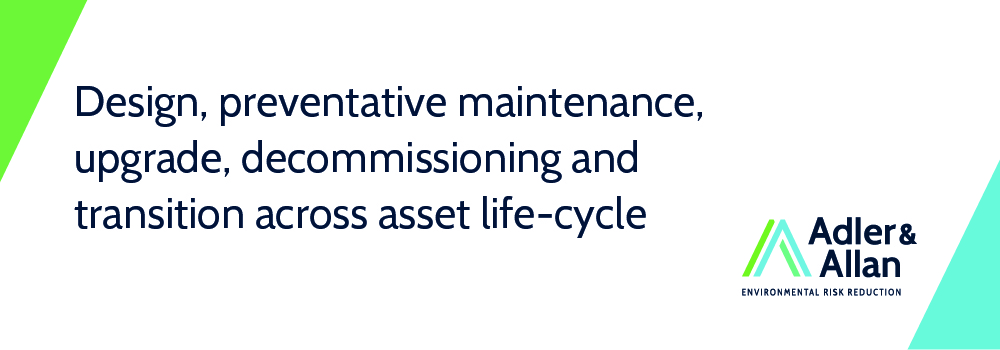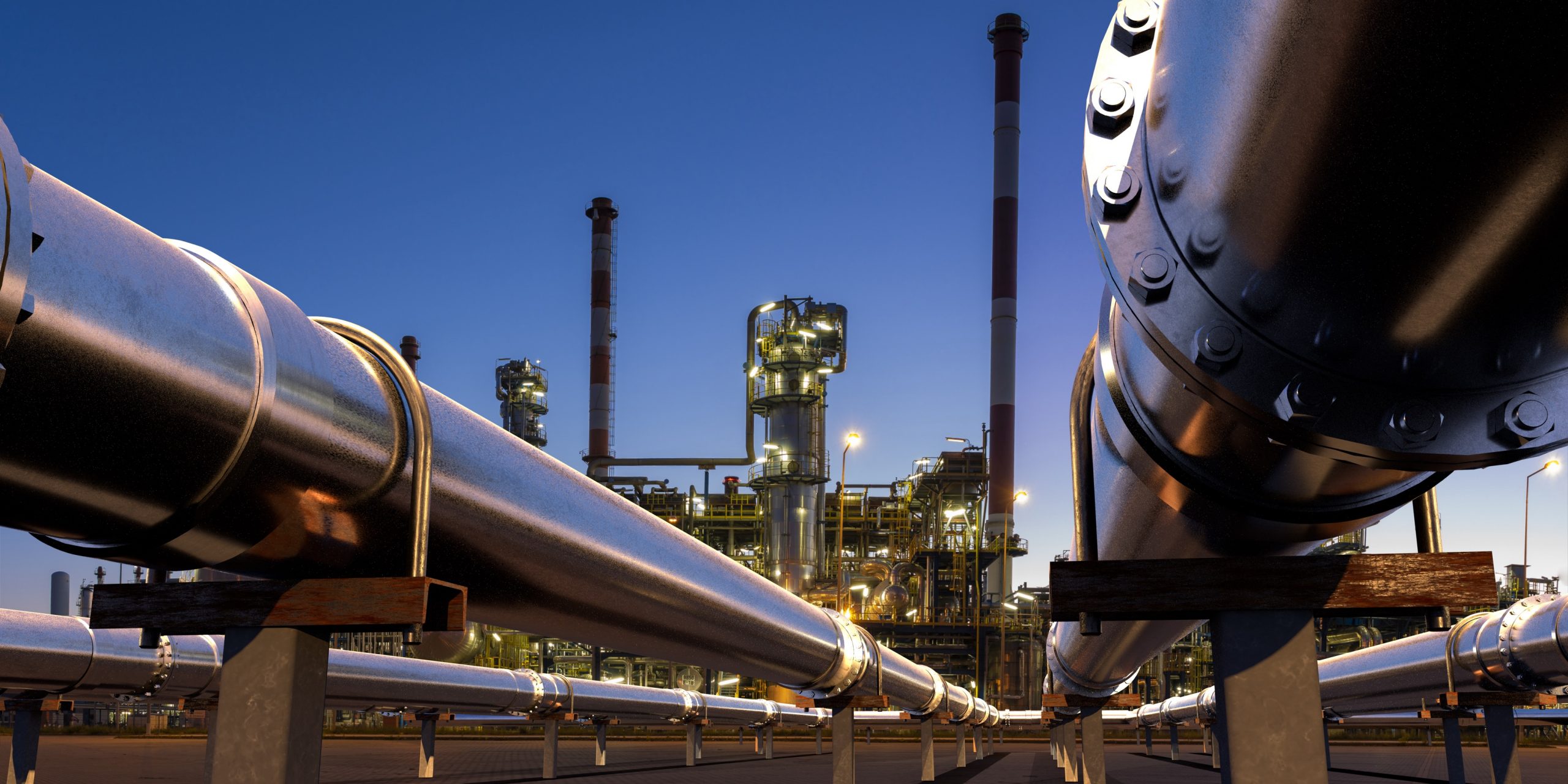Germany, Norway agree tentative plan to build hydrogen pipeline link
With Europe planning to end its reliance on Russian gas as quickly as possible, Norway, the second-largest gas exporter to the EU, “wants to actively contribute to the rapid development of the hydrogen market in Germany” and on the continent.
Hydrogen does not release carbon dioxide emissions when burned and is expected to play a key role in decarbonising process industries like steel and chemicals, which cannot fully electrify.
But ramping up “green” hydrogen production from renewables requires huge quantities of wind and solar electricity, which are currently missing. Therefore, the transition phase, gas companies are pushing for low carbon “blue” hydrogen produced from natural gas with carbon capture and storage (CCS) to bury the emissions underground.
Once reluctant to “blue” hydrogen, the newish German government is now having a change of heart in light of Russia’s war in Ukraine.
Norway and Germany are in the process of examining “whether we need a pipeline,” German vice-chancellor Robert Habeck explained during a visit to Oslo on March 16, alongside the Norwegian prime minister Jonas Støre.
“Norway wants to actively contribute to the rapid development of the hydrogen market in Germany and the EU,” said a joint declaration adopted after Habeck’s visit.
“To this end, it has been agreed that a joint review will be conducted with a view to making large-scale transport, including via pipeline, of hydrogen from Norway to Germany possible,” the statement said.
Germany’s economy and climate minister Robert Habeck travelled back to Oslo on Wednesday, March 16, to cement the country’s energy partnership with Norway and maximise gas supplies to the continent, including the potential of “blue” hydrogen made from fossil fuels.
Pressed by Russia’s ongoing war in Ukraine and the reshaping of the global geopolitics of energy, the two countries “plan to rapidly commission a joint feasibility study on this”.
In a bid to enhance energy security in Germany, Habeck first visited Oslo to secure additional cargoes of liquified natural gas (LNG) from the country’s Hammerfest gas field, which should re-enter operation in the summer.
But Habeck, a co-leader of Germany’s Green party, would much rather import less climate-damaging “green” hydrogen than the energy- and carbon-intensive LNG, while the Norwegians are pushing for recognition of their “blue” hydrogen made from fossil gas with carbon capture and storage (CCS).
“We need green hydrogen, carbon-free hydrogen, and Norway has great capacities for that,” Habeck said. His ministry asked the Norwegian energy industry, “when and how much green hydrogen can Norway deliver?” according to the agenda of a closed-door meeting that took place later that day.
But with Norway’s existing gas infrastructure in place, the country’s energy giants are pushing for “blue” hydrogen instead, saying it will be quicker than constructing new renewable energy infrastructure to produce “green” hydrogen from electrolysis.
“In order to realise the fastest possible high-volume imports of hydrogen and ensure the rapid availability thereof, we will also jointly plan the use of blue hydrogen for a transition period,” the joint statement explained.
This was welcomed by analysts, who noted the reliability of Norwegian gas infrastructure and the merits of shipping hydrogen via pipelines. Transporting hydrogen through pipelines is considered to be more cost-effective and climate-friendly than using ships.
“Not a bad thing. Norwegian gas has some of the lowest leakage rates out there. By sending hydrogen directly you are eliminating downstream leakage, kickstarting hydrogen supply, hopefully spurring demand and kickstarting carbon storage,” tweeted hydrogen analyst Gniewomir Flis.
For more information visit www.bmwi.de
21st March 2022




















